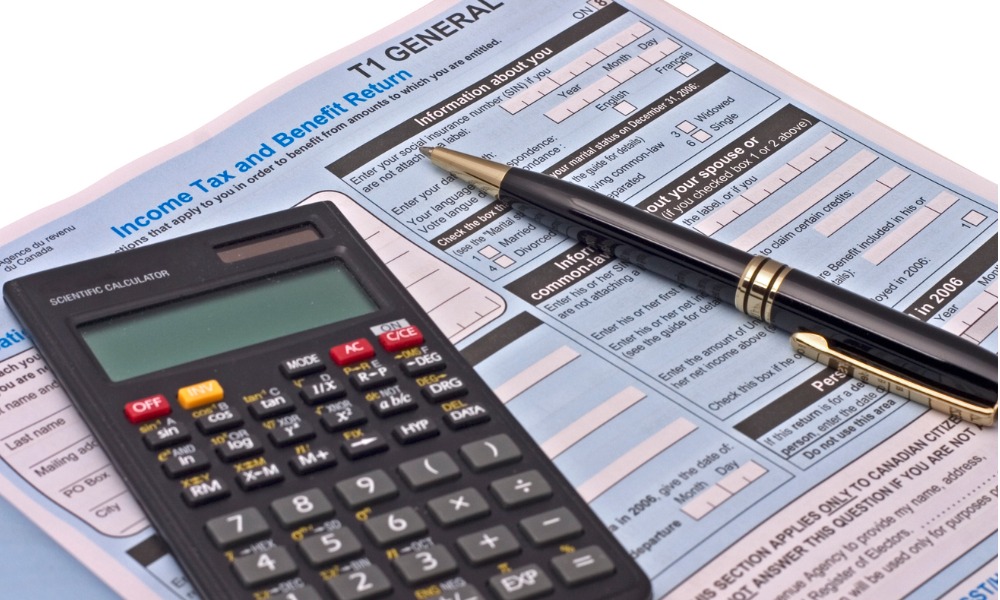Experts explain the tax ramifications for businesses or not-for-profits who participated in federal emergency loan program

Because of the rapid introduction of federal pandemic aid programs to support Canadian businesses and citizens last year, tax season is shaping up to be even more complicated than usual. The Taxpayers’ Ombudsman has reportedly received a record amount of complaints about the Canada Revenue Agency (CRA), many relating to questions of eligibility and repayment from recipients understandably worried about potential repercussions.
To help provide some clarity, experts from McLennan Ross LLP recently published a brief explainer article, which touched on the Canada Emergency Business Account (CEBA) and its tax implications for business owners who availed of it.
“The CEBA program provides interest-free loans to certain eligible business with a portion of that loan potentially being forgivable in the future if certain conditions are met,” said Lydia Roseman and MaryAnne Loney in a blog post published earlier this month. “While a portion of the CEBA loan is potentially ‘forgivable’, that unfortunately does not make it tax-free.”
Citing a recent technical interpretation issued by the CRA, Roseman and Loney explained that in the year that a participant receives a CEBA loan, the forgivable portion of the loan – that was originally $10,000, but increased to $20,000 when the government raised the total loan amount from $40,000 to $60,000 – must be included in the income of the participant under section 12 of the Income Tax Act, even if it’s unclear at that point whether that portion of the loan will actually be forgiven.
“Whether or not the portion of the loan is actually forgiven will instead impact the tax consequences in the year of repayment,” they said.
Participants who would prefer not to classify the entire amount as “income” may instead use a provision under section 12(2.2) of the Income Tax Act, using all or a portion of the funds to reduce expenses deducted in the tax return. Since CEBA funds are used to pay for non-deferrable business expenses such as payroll, participants may choose to reduce the amount of that expense that’s reported for tax purposes; any amount of the forgivable portion that’s not used up in that manner must still be reported as income.
The participant may still face further tax consequences during the year that they repay the loan, Roseman and Loney said, depending on whether the forgivable portion of their loan is forgiven (that depends on their repaying the balance of the CEBA loan on or before December 31, 2022). If it is, the participant will have already paid the necessary tax on the forgivable portion, and they have no further obligation to fulfill.
But if they have failed to qualify for forgiveness at the point when they repay the loan, the participant will have effectively paid tax on a benefit that they did not actually receive. In that event, they may claim a deduction under Section 20(1)(hh) of the Income Tax Act for the amount originally included in income or used to reduce expenses. By doing so, the participant will reduce their tax payable in the year of repayment.



